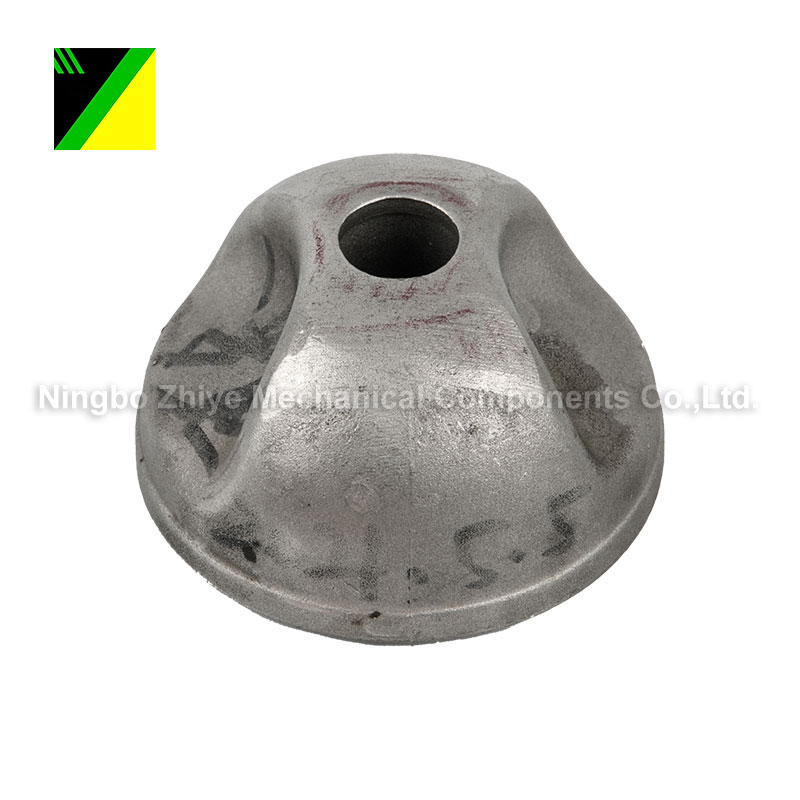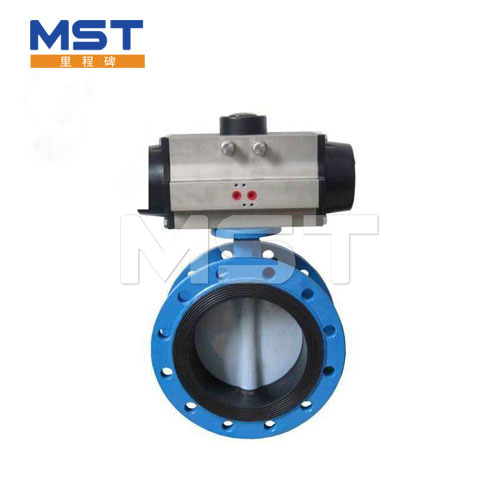Steel Track Undercarriage
A steel track undercarriage refers to the system of components that support and propel vehicles or equipment that use steel tracks instead of traditional wheels or tires. It is commonly found in heavy-duty machinery and equipment used in construction, mining, forestry, and other demanding applicatio......
Send Inquiry
Product Description
A steel track undercarriage refers to the system of components that support and propel vehicles or equipment that use steel tracks instead of traditional wheels or tires. It is commonly found in heavy-duty machinery and equipment used in construction, mining, forestry, and other demanding applications. The steel track undercarriage consists of several key components:
1. Steel Tracks: Steel tracks are the main component of the undercarriage system. They are made of steel links or plates connected together to form a continuous track loop. Steel tracks offer excellent durability, traction, and stability, allowing vehicles to operate on rough or challenging terrains.
2. Track Rollers: Track rollers are the wheels that guide and support the steel tracks. They are usually mounted on the undercarriage frame and distribute the weight of the vehicle or equipment. The track rollers help maintain proper track tension, reduce friction, and ensure smooth operation of the steel tracks.
3. Idler Wheels: Idler wheels are positioned at the front or rear of the undercarriage and play a crucial role in maintaining proper track tension. They apply tension to the steel tracks, ensuring they remain properly tensioned and prevent excessive sagging or loosening during operation.
4. Drive Sprockets: Drive sprockets are located at the ends of the undercarriage and are responsible for driving the steel tracks. They engage with the teeth or lugs on the inside of the steel tracks, propelling the vehicle or equipment forward or backward when rotated. Drive sprockets are typically powered by hydraulic motors or other means of mechanical power transmission.
5. Support Rollers: Support rollers are additional wheels positioned between the track rollers and idler wheels. They help distribute the weight of the vehicle or equipment across the undercarriage, providing stability and reducing stress on the steel tracks. Support rollers also assist in guiding the tracks and maintaining proper track tension.
6. Tensioning System: A tensioning system is incorporated into the steel track undercarriage to maintain optimal track tension. It typically consists of adjustable components, such as tensioning springs or hydraulic cylinders, which can be adjusted to ensure proper track tension based on operating conditions and track wear.
7. Undercarriage Frame: The undercarriage frame serves as the structural support for all the components of the steel track undercarriage. It provides the framework to which the track rollers, idler wheels, support rollers, and other components are mounted.
Steel track undercarriages offer several advantages over wheeled systems, including enhanced traction, improved stability on uneven or soft terrain, increased load-carrying capacity, and improved durability in harsh operating conditions. They are commonly used in heavy-duty applications where robustness, longevity, and high performance are required.
When selecting a steel track undercarriage, considerations should include the specific requirements of the vehicle or equipment, the intended application, load capacity, track durability, and compatibility with existing machinery or attachments. Proper maintenance and periodic inspection of the steel tracks and undercarriage components are essential to ensure optimal performance and longevity.










